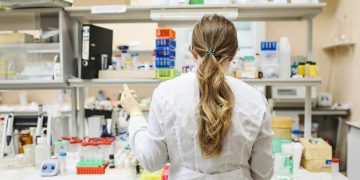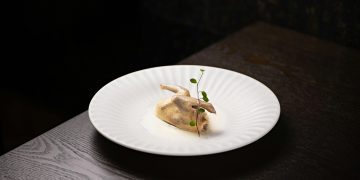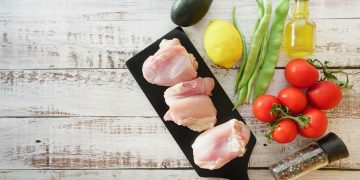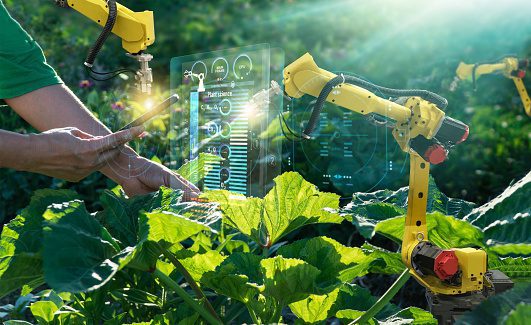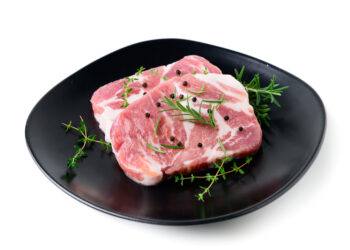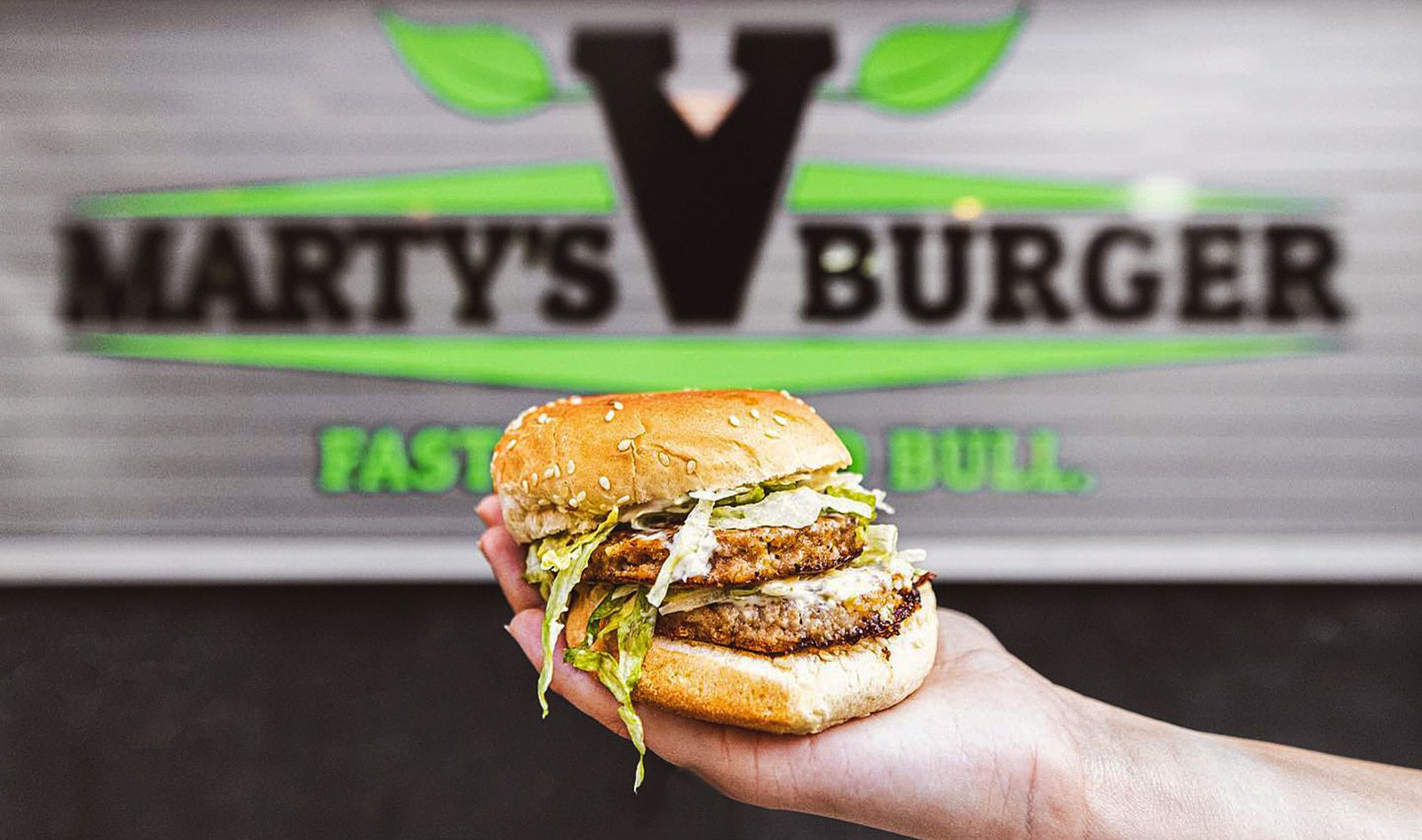By ELIFE
Scientists have successfully proposed lab-grown adipose tissue on a substantial scale, paving the way for the possibility of large-scale production of cultured meat.
Scientists have successfully mass-produced lab-grown fat tissue mirroring the texture and composition of naturally derived animal fats.
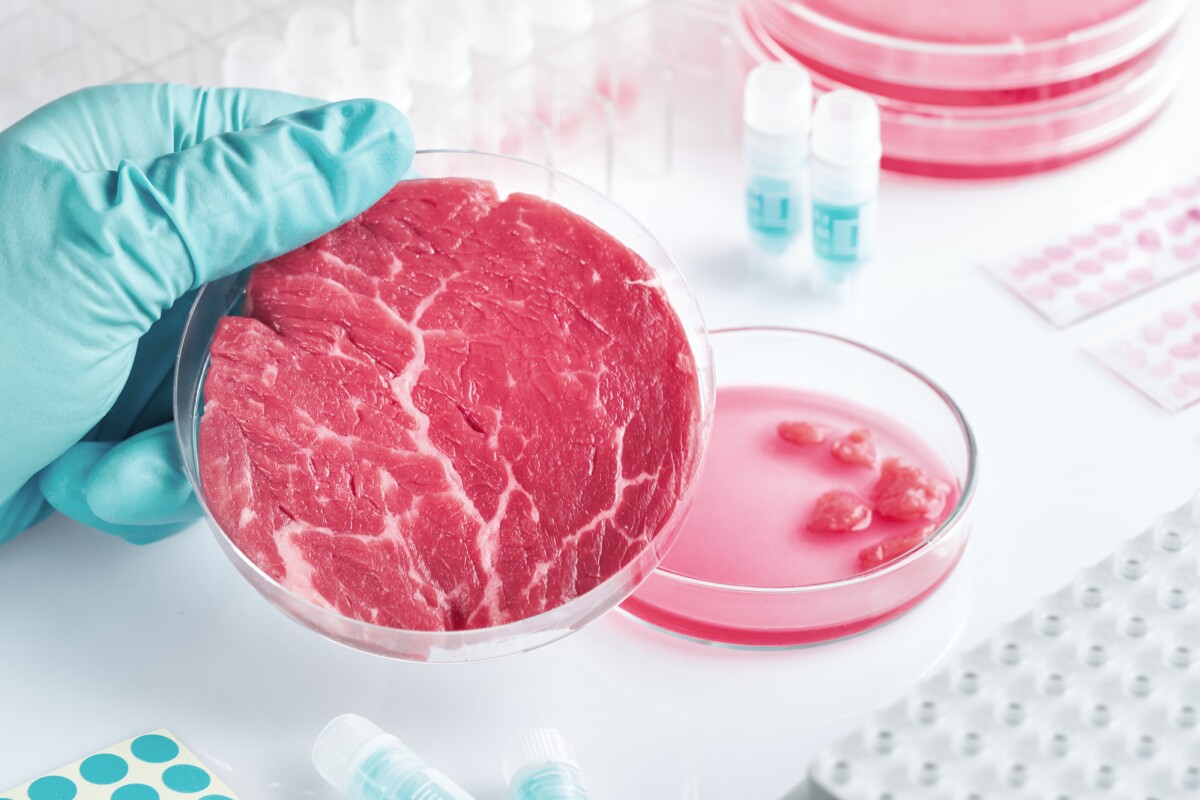
The findings, recently published in the journal eLife, could be utilized in the creation of cell-cultured meat, enhancing its texture and taste to closely resemble traditional meat.
Cultivated meat has been making waves in the news lately, with reports from startup companies around the world developing cell-grown chicken, beef, pork, and fish – mostly in early stages of development, not ready for large-scale production and with a couple of exceptions, not yet approved for commercial sale. Most of those products in development are in the form of an unstructured mixture of cells – like chicken nuggets rather than a slice of chicken breast. What is lacking is the texture of real meat, created by muscle fibers, connective tissue, and fat – and it’s the fat that gives meat flavor.
In fact, consumer testing with natural beef of different fat content showed that the highest scores were registered for beef containing 36% fat.
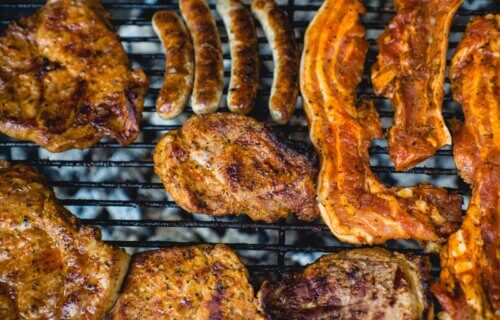
However, producing cultured fat tissue in sufficient quantities has been a major challenge because, as the fat grows into a mass, the cells in the middle become starved of oxygen and nutrients. In nature, blood vessels and capillaries deliver oxygen and nutrients throughout the tissue. Researchers still have no way to replicate that vascular network at a large scale in lab-grown tissue, so they can only grow muscle or fat to a few millimeters in size.
To get around this limitation, the researchers grew fat cells from mice and pigs first in a flat, two-dimensional layer, then harvested those cells and aggregated them into a three-dimensional mass with a binder such as an alginate and mTG, which are both already used in some foods.

** Click here to read the full-text **



